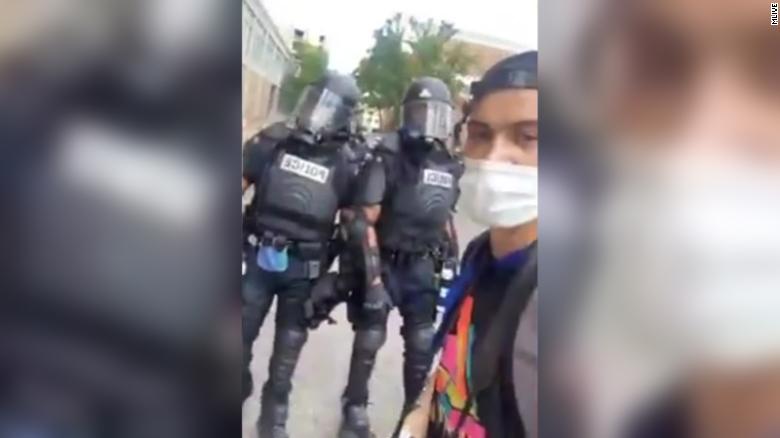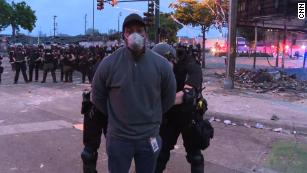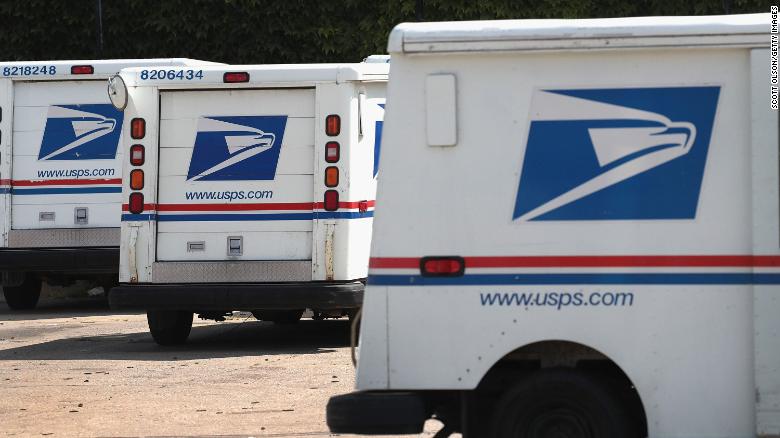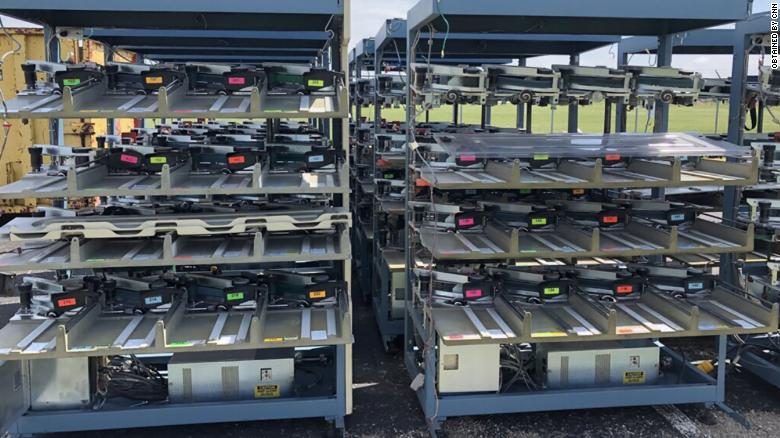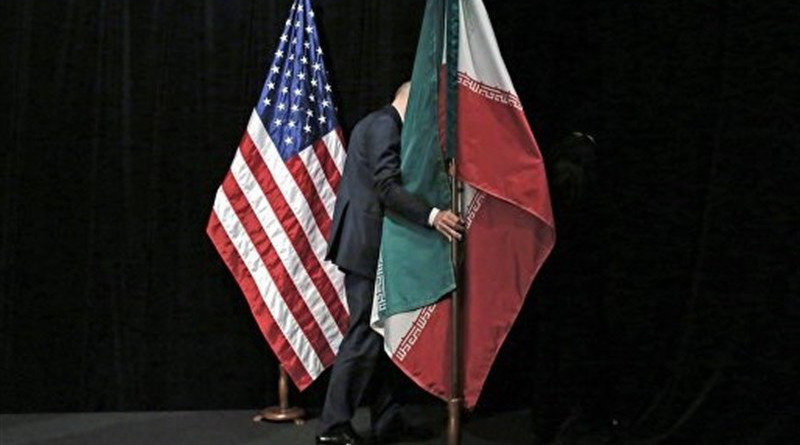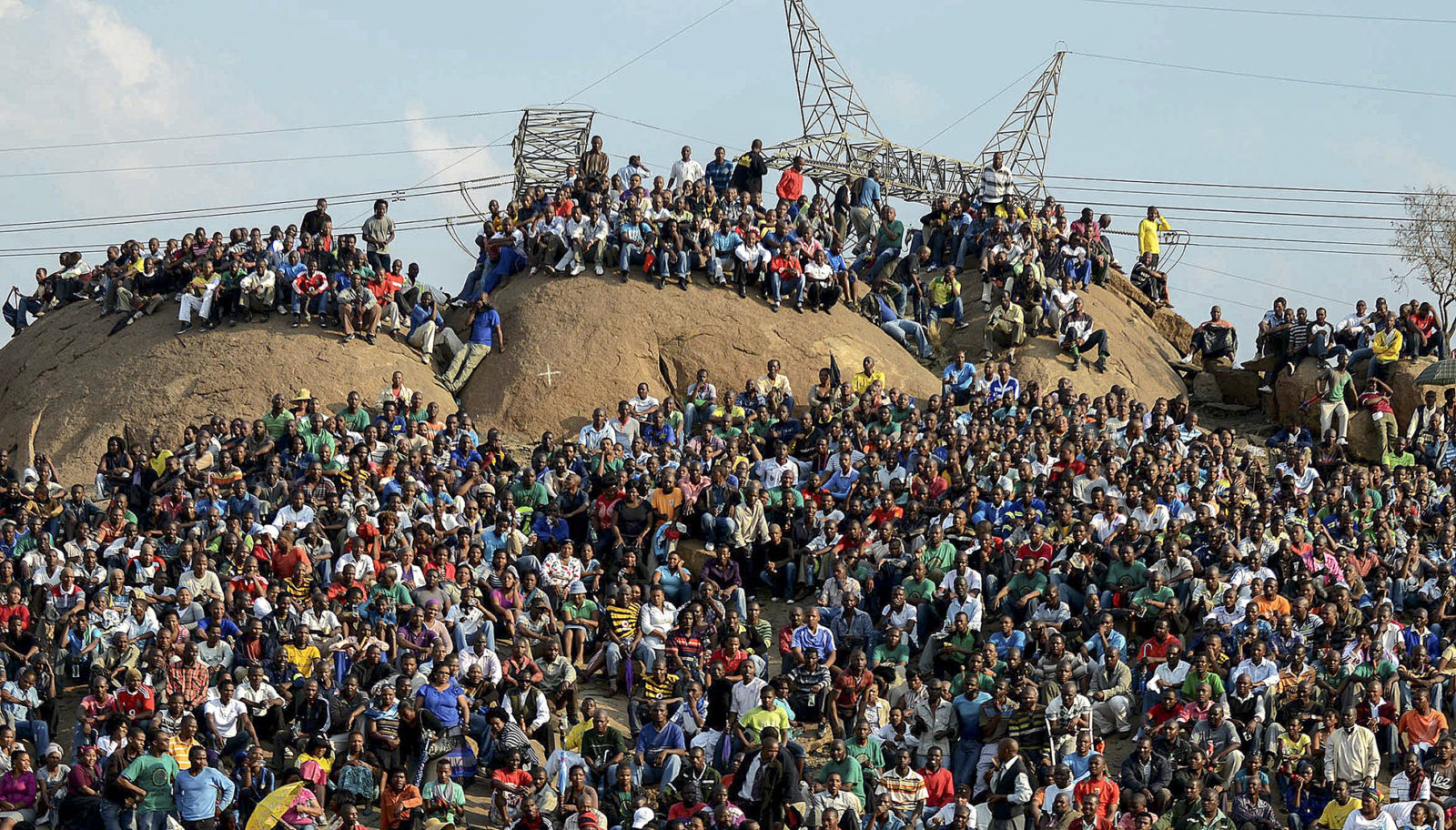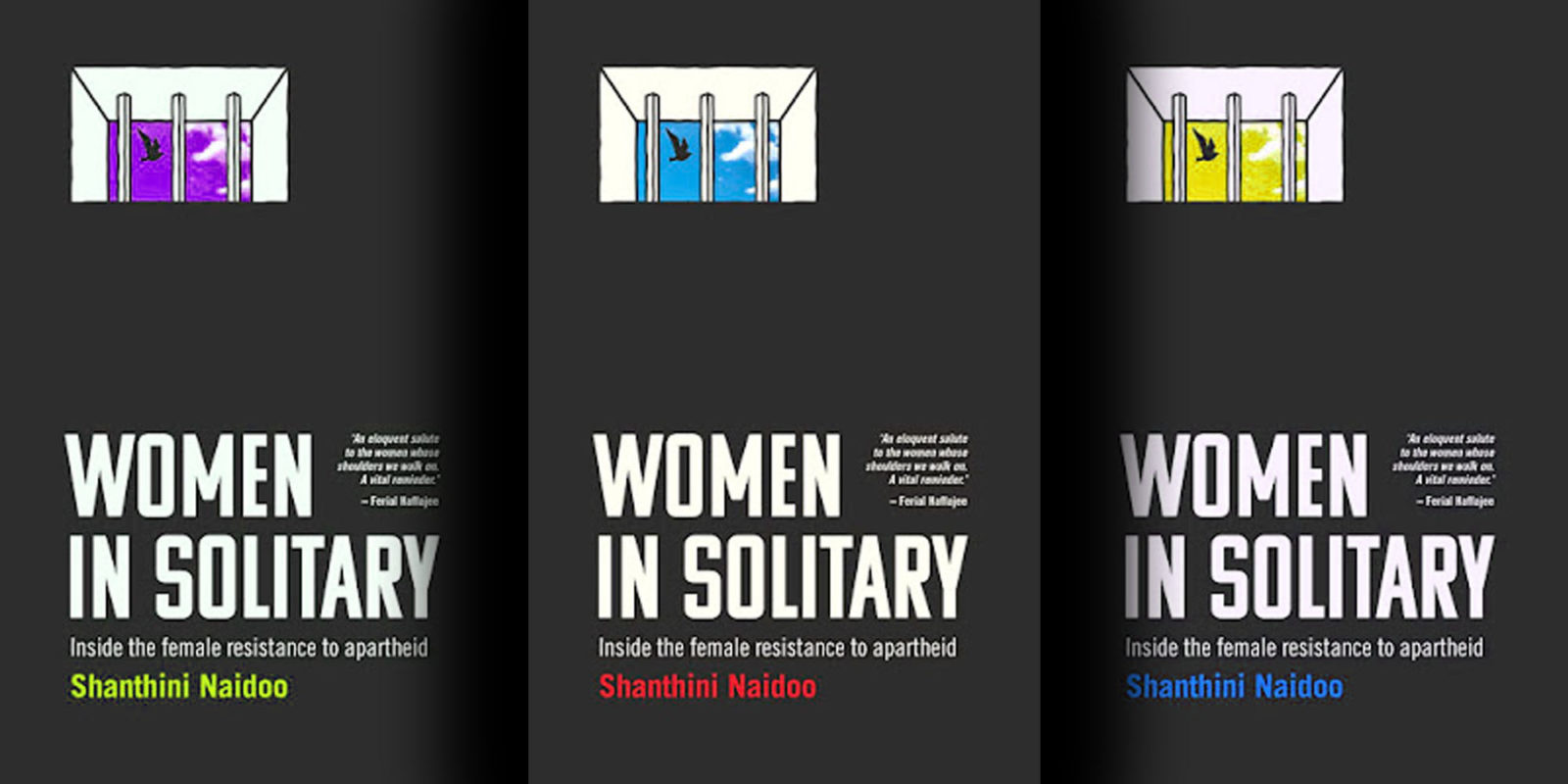
The dissimulation surrounding the UAE-Israeli alliance hides a quid pro quo for Trump’s re-election campaign
Despite denying secret relations with Israel for decades, the UAE has now officially normalised ties but the timing benefits US President Donald Trump the most, argues Ernest Khoury
ErnestKhoury
The dissimulation surrounding the UAE-Israeli alliance hides a quid pro quo for Trump’s re-election campaign
Date of publication: 15 August, 2020
Whenever it was accused of harbouring relations with Israel, the United Arab Emirates lied repeatedly over the past 25 years, as it was concluding a secret alliance with Tel Aviv that encompasses security, political, economic, and cultural collaboration. The lies continued to be the framing hallmark of the official Emirati position, even as it announced a peace deal with Israel that just makes official what had already been ongoing for a quarter of a century.
But while those lies may have been understandable before 13 August 2020, the day the Emirati-Israeli alliance (not just normalisation) was made official, why did the UAE continue to lie after? What is it hiding behind the farce of invoking the annexation of the West Bank by Israel, and the false claim of credit by Mohammed bin Zayed of having stopped it by forging the alliance with Tel Aviv?
The whole world knows that the postponement of annexation is unrelated to imaginary stunts by the rulers of the UAE, and is rather the result of a domestic political crisis in Israel that Benjamin Netanyahu and Benny Gantz have been unable to resolve and agree when it comes to the details of annexation, as the Trump administration has demanded them to do.
In truth, the audacity of the agreement is only surpassed by the magnitude of Mohammed bin Zayed’s lies. Even the Israeli media has been unable to swallow the blatant falsehoods, despite having for years celebrated the humiliating prostration of Emirati rulers and their cronies towards Israel and any Israeli official they spot no matter how junior or insignificant. Indeed, minutes after the Abu Dhabi-Tel Aviv alliance was made public, Israel’s KAN 11 TV quoted an Israeli official as saying that the annexation of the West Bank was still on the agenda, as though telling the crown prince of Abu Dhabi: Spare us and yourself the macho stunts!
In reality, the UAE, by announcing the alliance with Israel, was only doing its part to help save Donald Trump’s stalling election campaign. Trump, who faces a looming electoral defeat on November 3, was very keen to portray himself as the third US president (After Jimmy Carter in Camp David; and Bill Clinton with Wadi Araba and Oslo Accords) as the broker of a new Arab-Israeli peace deal.
Trump believes this would be seen as an achievement, even if rare for his administration, in foreign policy, one that could be used to boost his campaign before November. This amid continued diplomatic failures for his administration, from Venezuela, to relations with NATO allies, China, Russia, and Iran, which Trump has failed to force into an alternative nuclear deal to replace the 2016 JCPOA, not to mention the Gulf crisis, which had nearly been resolved a little more than a month ago, before Mohammed bin Zayed’s vetoes kicked in and denied Trump a diplomatic victory to supplant these failures.
Read also: 'Deal of shame': UAE formally endorses Israel's occupation of Palestine
It follows that the timing of announcing the Emirati-Israeli alliance had been carefully chosen by all sides concerned, including the United States, to act as a diplomatic gift to one person: Donald Trump, the candidate, not the president. Otherwise, the UAE would have spared itself another lie contained in the declaration of the alliance, which claimed that it had been brokered by Donald Trump personally.
But what did Trump broker exactly? Do they really think the world is oblivious to how warm UAE-Israel relations have been for at least the past 20 years? Do they believe people do not watch or read the news, and know about the routine joint military exercises between the UAE and Israel? Do they think people do not know about the Emirati planes landing in Ben Gurion Airport, the almost weekly mutual visits of both sides’ officials, and the tweets of mutual appreciation between Netanyahu and the sons of Zayed, let alone the other Emirati officials who profess fondness of the rulers in Tel Aviv?
Do they think no one remembers the meetings between the UAE ambassador to Washington Yousef al-Otaiba and all senior Israeli officials, including Netanyahu? What about Otaiba’s presence at the announcement of the Trump-Netanyahu plan on 28 January, to bless the liquidation of what remains of the Palestinian cause? Do they really think that people are ignorant of the fact that the Israeli-Emirati alliance had long ago reached the level at which the UAE sees Israel’s enemies as its enemies, and dreams of fighting them side by side with Israel?
The declaration of the UAE-Israel alliance should have taken place 25 years ago and spare our ears and eyes the serial lies and remove the clouds from the eyes of some simple minded folk. Instead, many Arab rulers only envy Mohammed bin Zayed and hope to walk in his footsteps, towards embracing Israel.
This is an edited translation of the original published by our Arabic sister site al-Araby al-Jadeed
Have questions or comments? Email us at editorial-english@alaraby.co.uk
Opinions expressed in this article remain those of the author and do not necessarily represent those of The New Arab.
